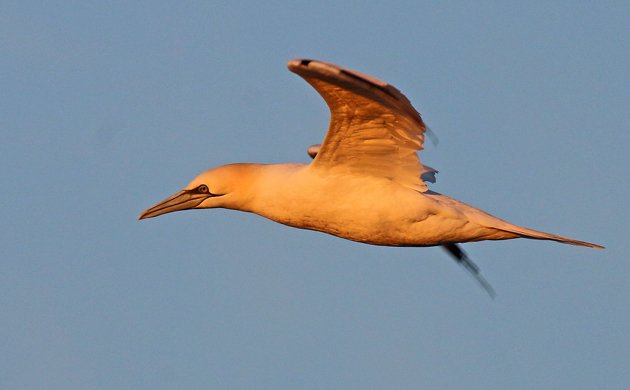This elusive, night-feeding, endemic bird of the Galapagos Islands is not easy to see. I have only seen it a couple of times; once flying above the city lights of Puerto Baquerizo Moreno, and once flying early morning past La Loberia Beach going away from Puerto Baquerizo Moreno.
This all changed on my last trip when, upon request of my clients, I organized a half day boat trip to Punta Pitt. We started at 6 am and headed north hugging the west side of the island. The trip took about 1.5 hours of mild waves and birds such as Nazca Bobies, Blue-footed Boobies, Galapagos Shearwater, and Elliots Storm-Petrel. As we approached Islote Pitt (Latitud: 0°42’12.03″S Longitud: 89°14’50.52″O) we could see many birds flying around this tiny island.
The feeling of having found a treasure came upon me as we quickly spotted the multiple Swallow-tailed Gulls, Red-footed Boobies, Nazca Boobies, Great Frigatebirds, Tropic Birds, Wedge-rumped Storm Petrel, and Elliots Storm-Petrel. Now I share this tresure with you!












 New writers welcome – please contact us for details.
New writers welcome – please contact us for details.

















Leave a Comment